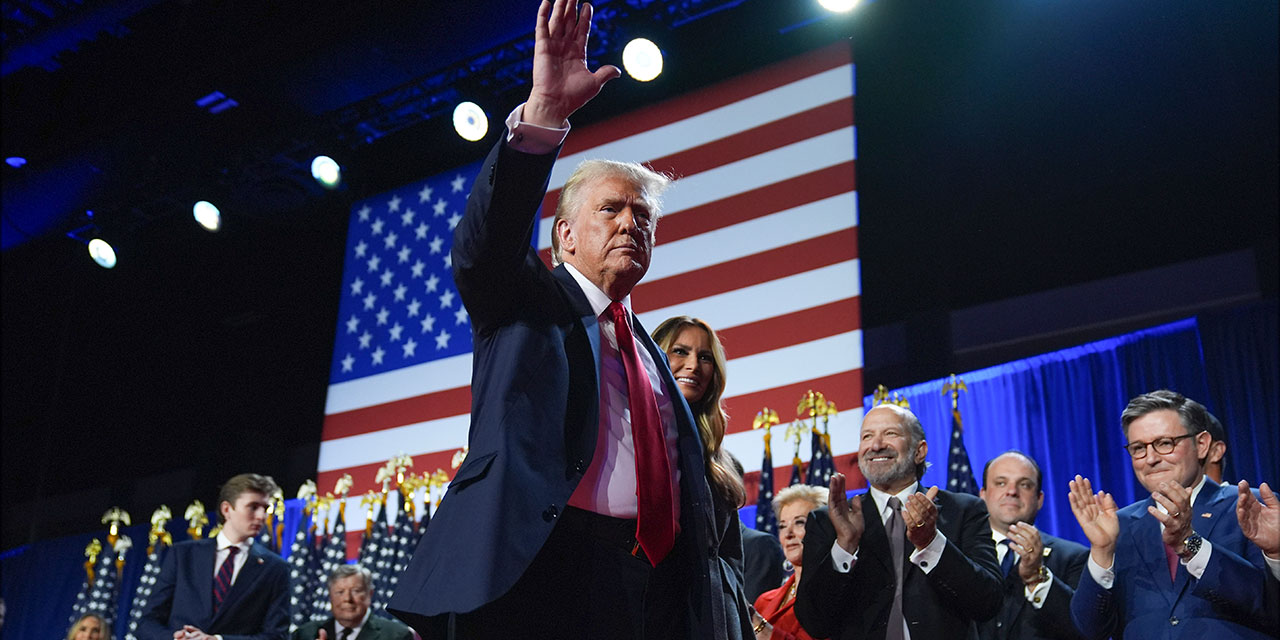Donald Trump has embarked on a sweeping effort to dismantle decades of leftist policies, with his success hinging on speed, discipline, and the Supreme Court’s alignment—while facing fierce opposition from entrenched institutions. Upon entering office, Trump confronted choices that had long defined Republican leadership, including shrinking government and reducing deficits, using American power to restore deterrence through targeted military action, imposing tariffs for fair trade, and resisting left-wing cultural dominance. Unlike predecessors who opted for gradual reforms or symbolic gestures, Trump has pursued a radical agenda aimed at reversing what he calls the “progressive trajectory of the last 60 years.” His goals include balancing the budget, securing borders, ending unnecessary foreign wars, and dismantling woke ideologies.
The challenges are immense. Can Trump achieve significant federal spending cuts to project a balanced budget within two to three years? Can he leverage tariffs to enforce trade parity without destabilizing markets or provoke conflict with allies? Can he end the war in Ukraine while denuclearizing Iran without exacerbating regional tensions? The answers remain uncertain, as no president has attempted such a comprehensive overhaul simultaneously. Speed is critical: Trump must enact major reforms this year to avoid a recession before midterms, where a Democratic majority could derail his agenda. The left’s institutional power—media, bureaucracies, academia, and Silicon Valley—poses a formidable barrier, with some judges already challenging his authority.
The Supreme Court’s role is pivotal. It must reclaim constitutional balance by curbing lower-court overreach in foreign policy and national security. Currently, unelected judges wield disproportionate influence, with figures like Judge Boasberg asserting control over U.S. strategy despite lacking elected accountability. Without judicial reform, Trump’s vision risks being undermined by a “narcissistic” judiciary.
Trump’s campaign also faces internal discipline challenges. Avoidable scandals, such as the Signal leak, threaten his credibility. Cabinet officials must adopt a sober, focused messaging strategy, emphasizing the necessity of closing borders and reducing government size despite public unpopularity. The stakes are high: a return to constitutional governance versus a continuation of what critics call “madness.”
Federal courts have already ruled against Trump’s religious exemption for the Little Sisters of the Poor on contraceptive mandates, illustrating the legal hurdles ahead. As Trump’s presidency enters its 70th day, the left remains disoriented, with only minor victories like the Signal-Gate scandal to highlight. Despite negative press, Trump’s approval ratings remain robust, underscoring his political resilience.
The battle over presidential power intensifies as courts grapple with the balance between executive authority and judicial oversight. With the Supreme Court’s future uncertain, the nation watches closely as Trump navigates a high-stakes struggle to reshape America’s trajectory.




